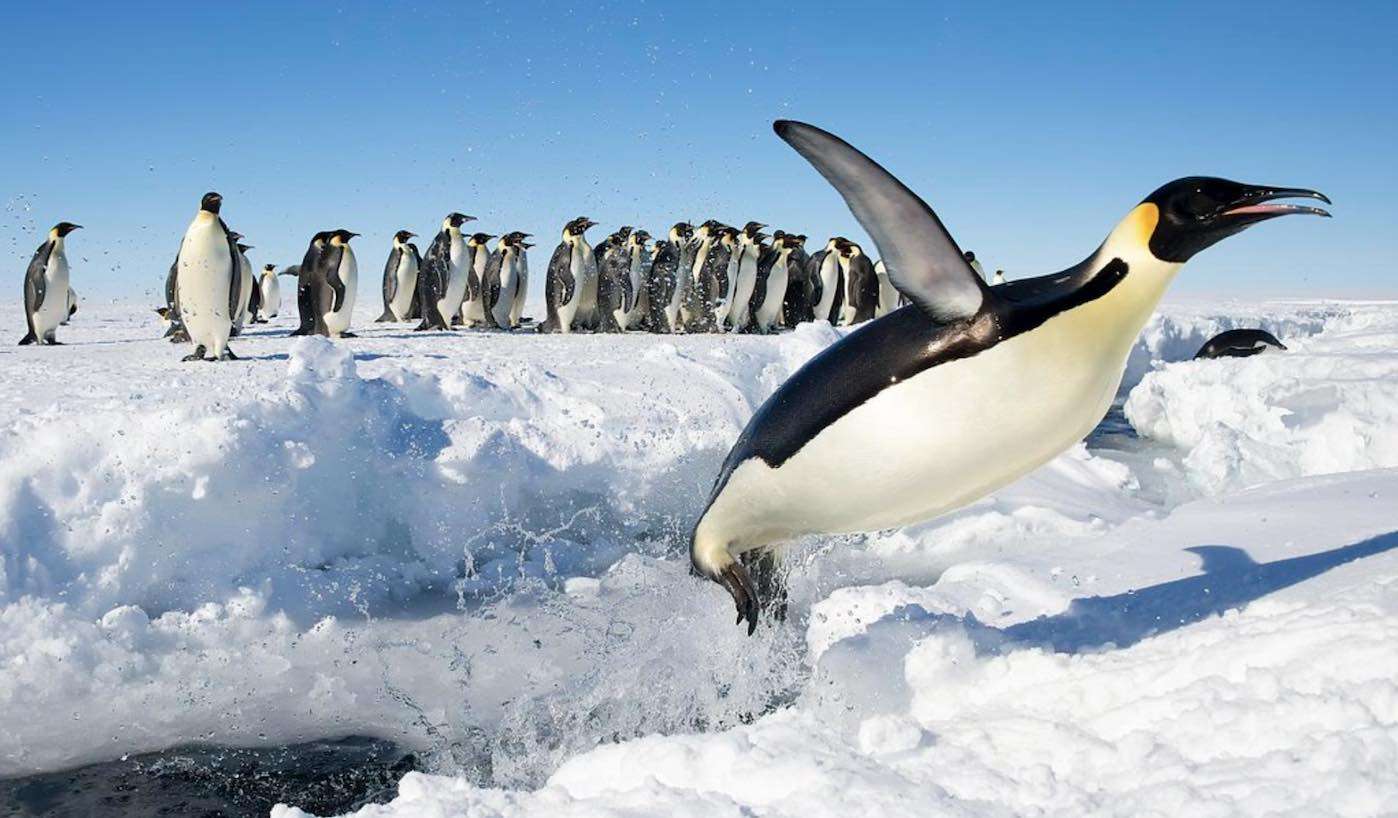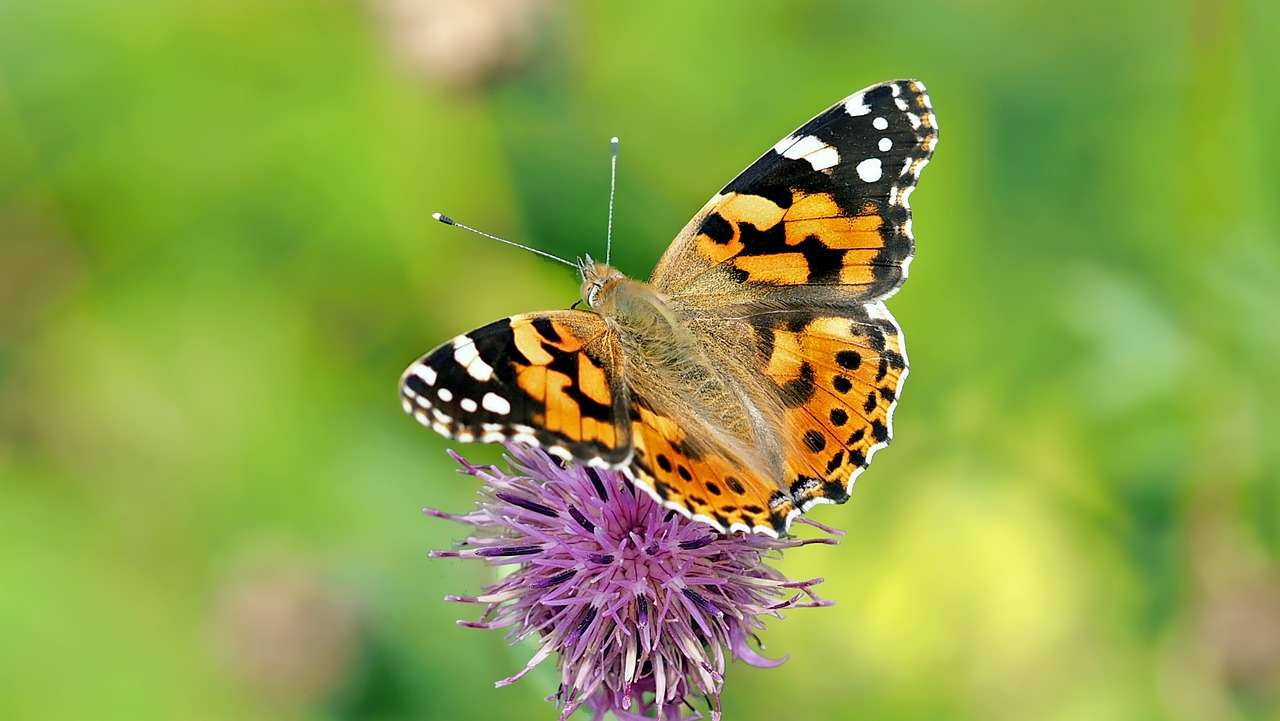A type of fungus that uses nuclear radiation as energy could serve as a possible form of protection, shielding astronauts from potential harm.
Outside of the protective magnetosphere and atmosphere of Earth, astronauts are showered with a twenty-fold higher amount of ionizing radiation—levels that would prove unsustainable without protection. But a discovery at the nuclear accident site of Chernobyl in Ukraine, has offered a possible solution.
A team of scientists from Stanford and the University of North Carolina, Charlotte, discovered a type of fungus growing inside the destroyed reactors of the Chernobyl Nuclear Power Plant, and thought if there are forms of life that can survive advanced radiation exposure long-term, they might be able to help protect astronauts on extraterrestrial voyages.
Outside of the protective magnetosphere and atmosphere of Earth, astronauts are showered with a twenty-fold higher amount of ionizing radiation—levels that would prove unsustainable without protection. But a discovery at the nuclear accident site of Chernobyl in Ukraine, has offered a possible solution.
A team of scientists from Stanford and the University of North Carolina, Charlotte, discovered a type of fungus growing inside the destroyed reactors of the Chernobyl Nuclear Power Plant, and thought if there are forms of life that can survive advanced radiation exposure long-term, they might be able to help protect astronauts on extraterrestrial voyages.
The fungus, called cladosporium sphaerospermum, uses melanin pigments to convert gamma radiation into chemical energy in a process called radiosynthesis. Observing this process led to the scientists arranging with NASA for the fungus to be sent to the International Space Station (ISS) for testing.
At the ISS, the experiment produced mixed results. The fungus was placed on around half of the surface of a petri dish. For the next 30 days, radiation levels were measured to compare how much passed through the fungus and glass compared to just the glass on the bare half of the dish.
Radiation levels were reduced by 2%, which wasn't what the scientists were hoping for. However, the relatively low number doesn't mean the experiments were a failure.
MORE LiKE THIS: Fungi Discovered In The Amazon Can Devour Plastic in Landfills
Writing in the abstract of the pre-peer review journal BioRxiv, the scientists detail how their results could be extrapolated to produce an almost entirely zero-cost barrier for future Mars or lunar mission astronauts, vehicles, and structures.
"Estimations based on linear attenuation coefficients indicated that a 21 cm (8 inch) thick layer of this fungus could largely negate the annual dose-equivalent of the radiation environment on the surface of Mars."
Putting on our sci-fi thinking caps, we'd have to imagine a Mars station on which astronauts would have to grow an 8-inch thick screen of fungus across the roof and walls of their base, transforming it into a mass of greyish filaments studded with toadstools like Yoda's hut in Star Wars, or Radagast the Brown's house in The Hobbit.
It sounds like the stuff of fantasy, but it could save lives while costing space exploration investors almost nothing.
Plant Some Positivity By Sharing The Good News With Friends On Social Media…










Be the first to comment